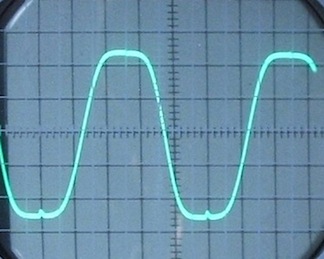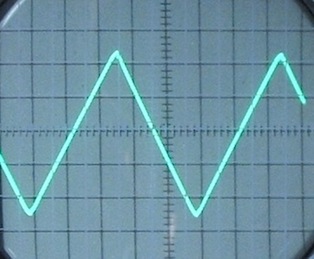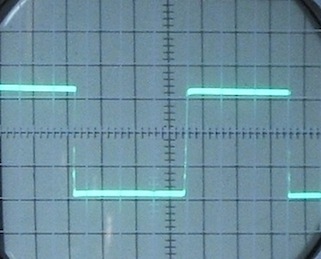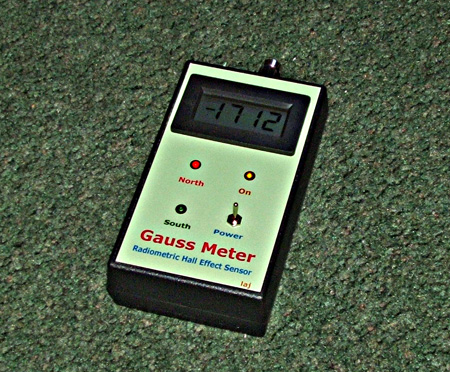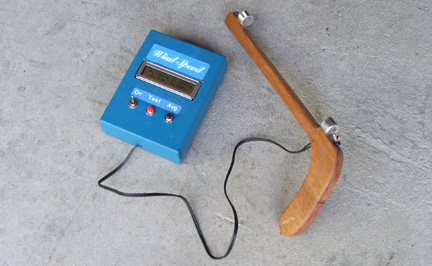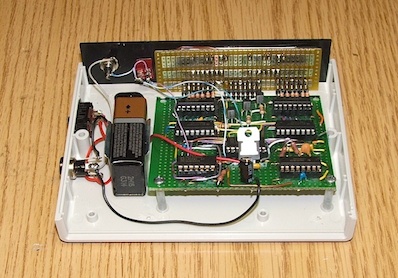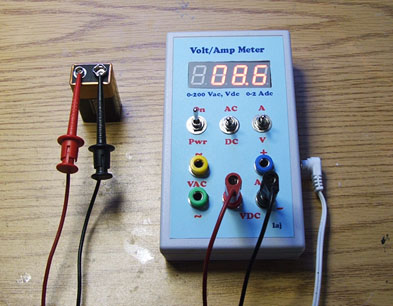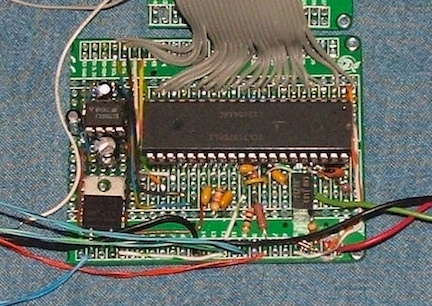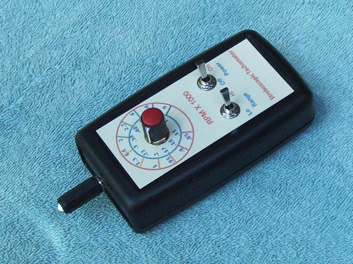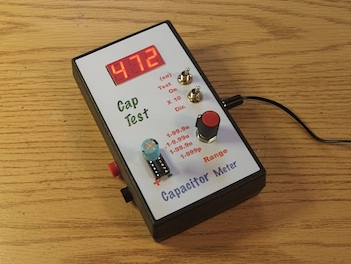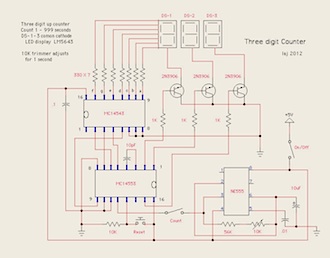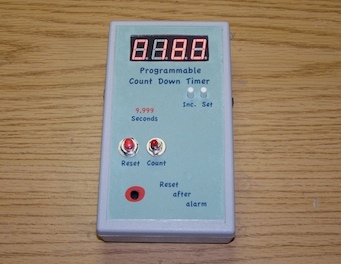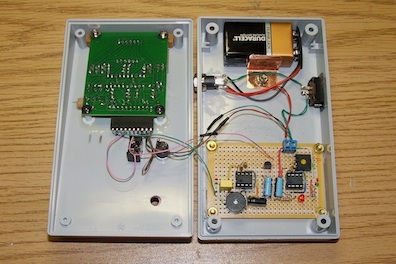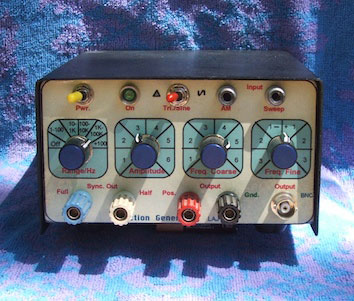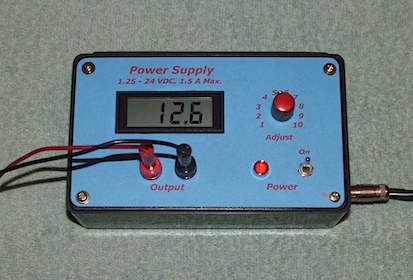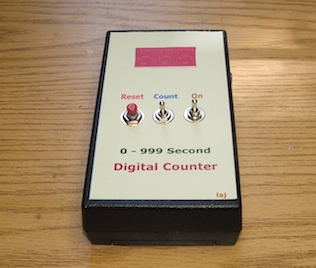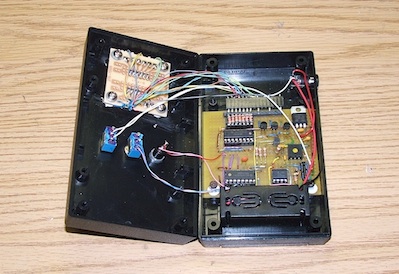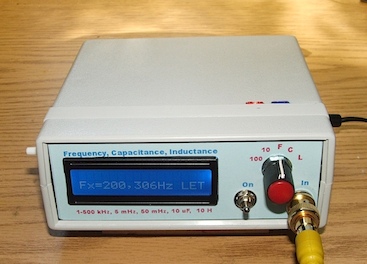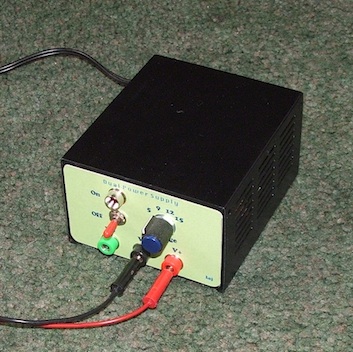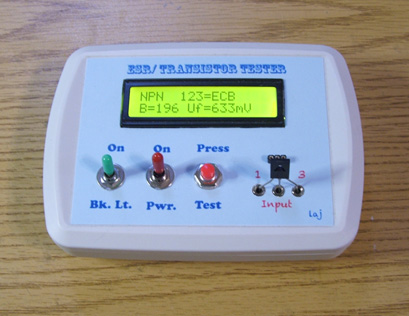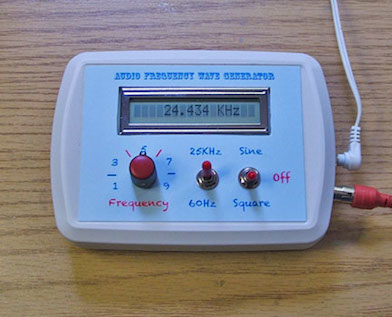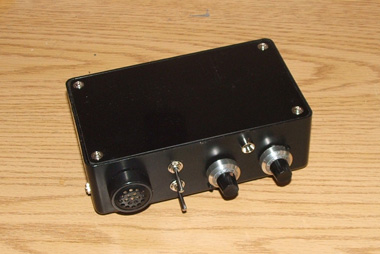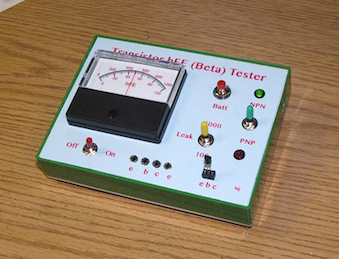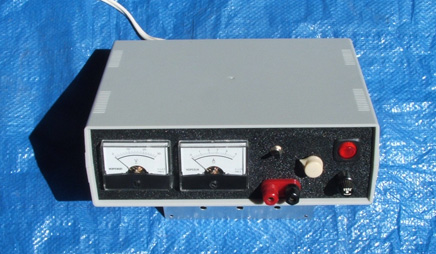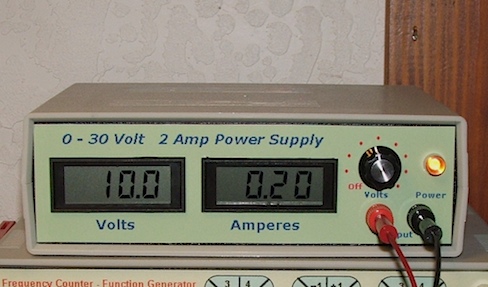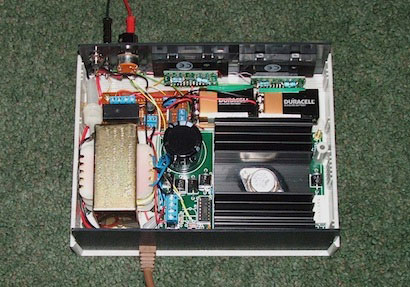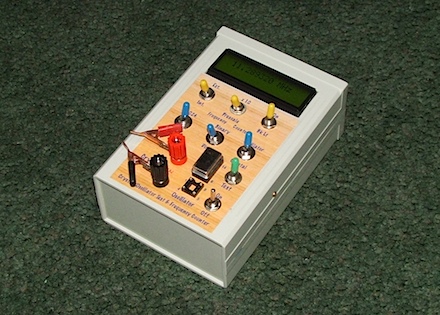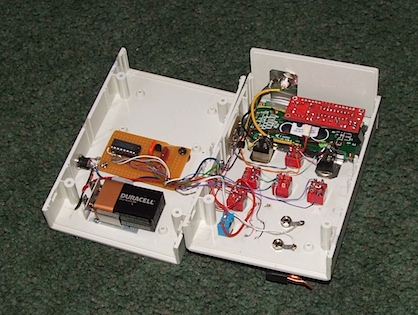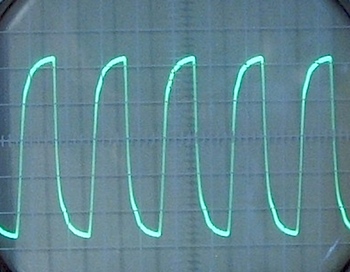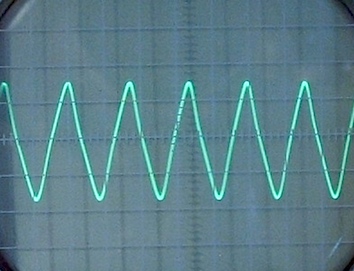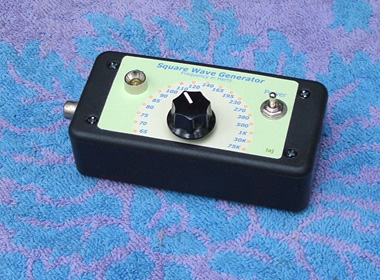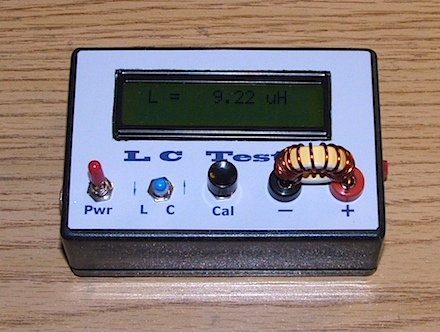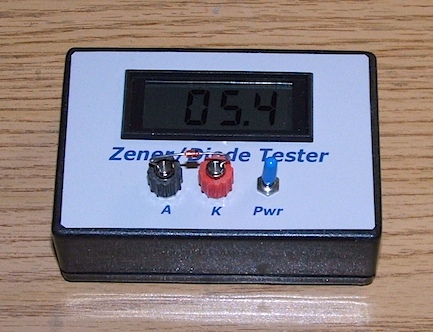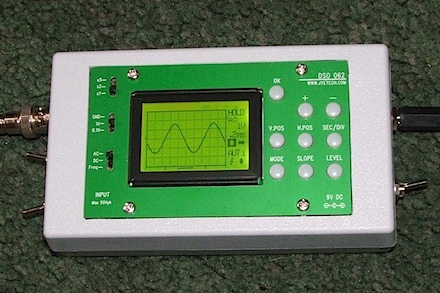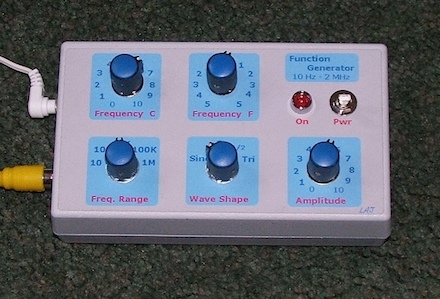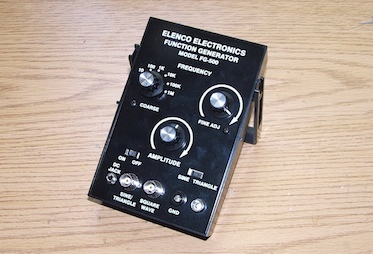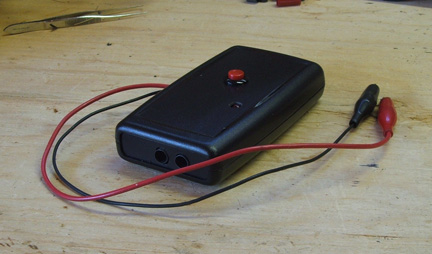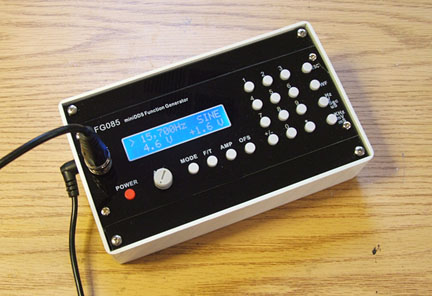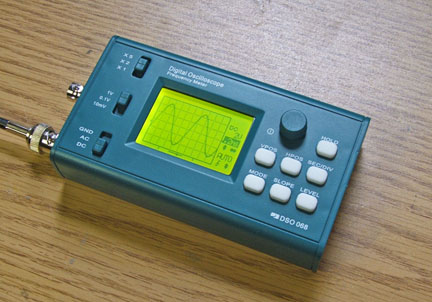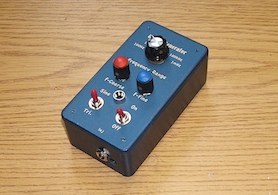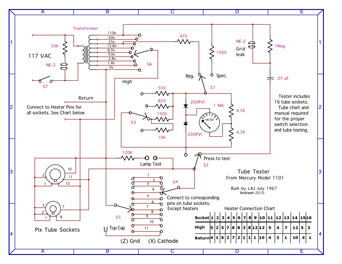Site Directory

Projects List - Page One
Click for alphabetical list of all the projects.
Gauss Meter
Wind Meter
Infrared Tachometer
Frequency Counter
Function Generator/Frequency Counter
(Oscilloscope Traces)
Digital Volt/Amp Meter
Stroboscopic Tachometer
Capacitor Meter
Programmable Counter
Function Generator
Three Digit Counter
Frequency, Capacitance, Inductance Mater
Pulse Width Modulator
Crystal Tester (Transistor)
Ultra/Audio Tone Generator
Audio Frequency Wave Generator
ESR/Transistor Tester
Transistor Tester
1.25-30 VDC 3 Amp Power Supply
2 Amp Power Supply
1.5 Amp Power Supply
Dual Multi-Voltage Power Supply
Lux Meter
NE555 AF/RF Generator
Crystal/Oscillator Tester and
Frequency Counter
(Oscilloscope traces of crystal & oscillator)
LC Meter
Zener Diode Tester
Digital Oscilloscope
D32 Oscilloscope
Programmable Counter
Function Generator II
FG-500 Function Generator
FG085 Function Generator
Wave Generator
Tube Tester Schematic
Here is an alphabetical list of all the projects.

My Function generator/Frequency Counter was built by combining two kits. The function generator is a kit from Jameco Electronics and the frequency counter is a kit from CallSaver Corp. It measures from 1 Hz to 50 MHz.
The schematics are in two parts - Function Generator, click image.
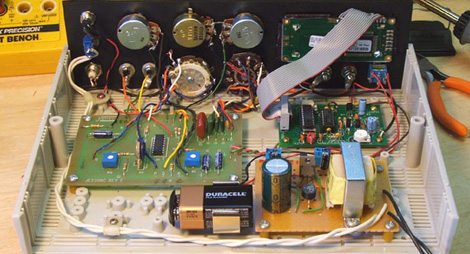
With the inside view you can see the two circuit boards and the controls. The power supply, controls and enclosure are supplied by me. The 9 volt battery powers only the frequency counter so it can be used portable (as with the IR Tach above or the Strobe Tach below).
For the schematic of the Frequency Counter click image.

